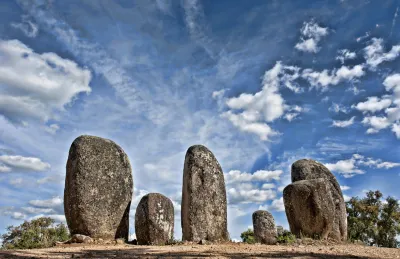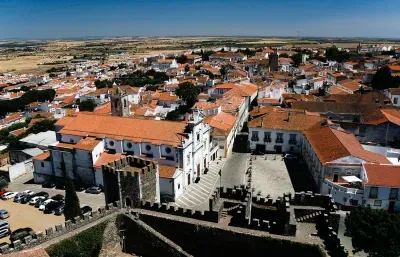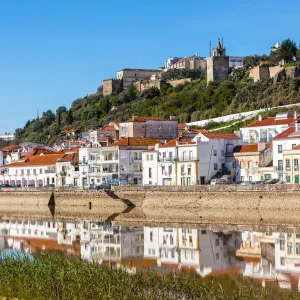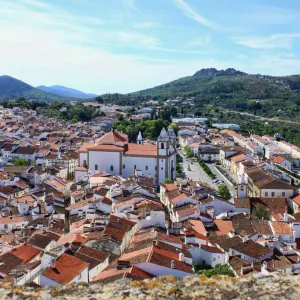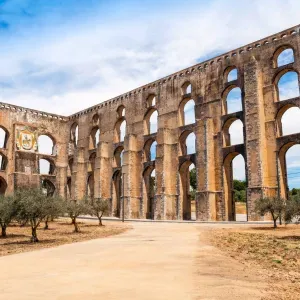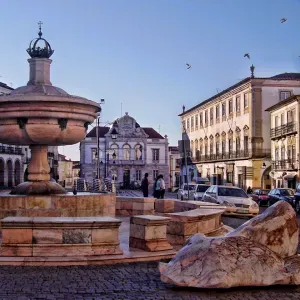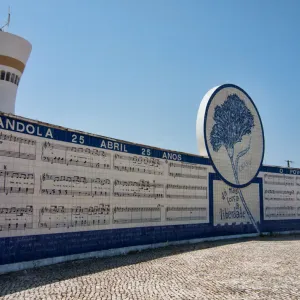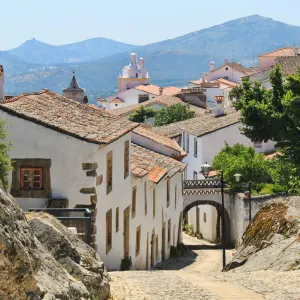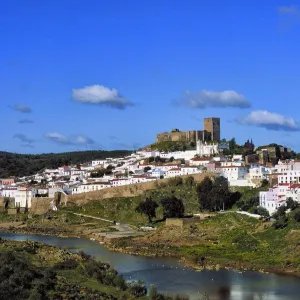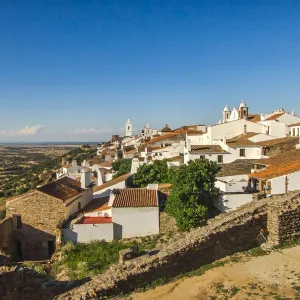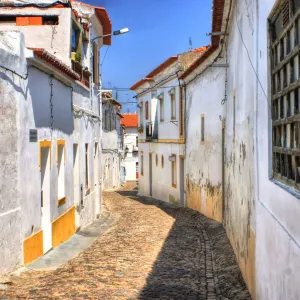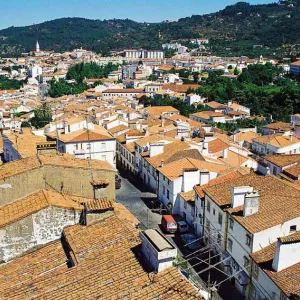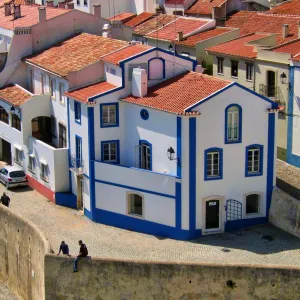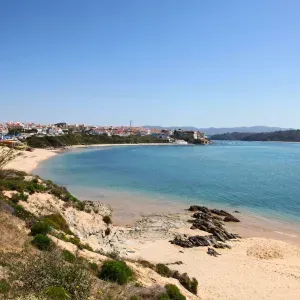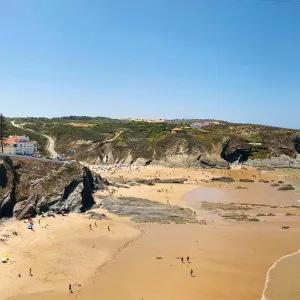Making up almost a third of the country the gently undulating landscape of the vast Alentejo is the agricultural heartland of Portugal. Much of the interior here is given over to huge cork plantations, vineyards and agricultural estates known as latifúndios.
The pace of life in the Alentejo has often been the butt of a joke in the rest of the country with the suggestion that it might actually be going backwards it is so slow. Whilst certainly not a place where one feels rushed it is wise to take things a little easier once the midday sun is up.
The Alentejo coast is still relatively undiscovered and is home to any number of pristine Atlantic beaches. These are exemplified by a few small resorts of which Zambujeira do Mar and Vila Nova de Milfontes are probably the best known.
Much of the southern coastline of the Alentejo is within the wilderness of the Southwest Alentejo and Vicentine Coast Natural Park. Often rugged and frequently deserted this is a haven for nature-lovers.
Unlike the neighbouring Algarve, it is not the beautiful beaches which draw the most visitors to this region, but its history. Replete with castles, forts and Roman ruins the Alentejo is home to two UNESCO World Heritage sites. Best known of these is the city of Évora with its Roman temple medieval cathedral and city walls. Closer to the border with Spain is Elvas, where the 6km long aqueduct and two star-shaped forts are well worth a visit.
Other such historic gems include the hilltop towns of Marvão, with its castle, Serpa - home to another aqueduct and set of city walls, and the marble town of Estremoz where the locally quarried stone lends an air of opulence.
